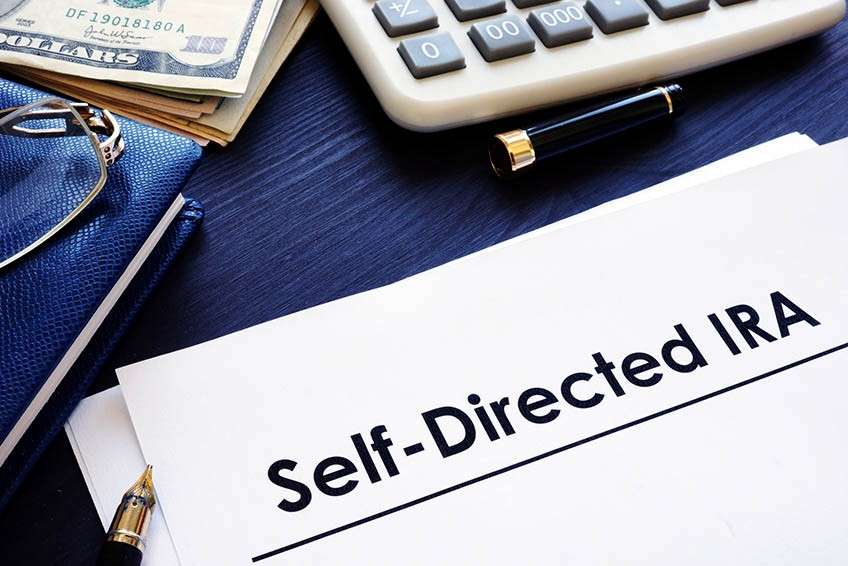Top 7 Dos and Don’ts of Self-Directed IRAs in 2023 and Beyond
Without a doubt, you cannot work forever. Like it or not, you reach an age where, regardless of how skillful or productive you are at work, you have to step aside and let a younger generation take over.
Planning for the future and your years after retirement is essential. While you’ve been used to receiving a weekly paycheck, once you retire, this is no longer the case. So while you’re productive and earning, you need to plan for this eventuality.
This is where a self-directed IRA comes in.
What You Need to Know About Self Directed IRAs
A self-directed IRA is a retirement account that gives an individual control over their investment choices. An SDIRA can either be a Roth IRA (where you can take distributions tax-free) or a traditional IRA.
In simple words, it is a retirement saving plan that provides alternative investments such as real estate, life insurance, retirement savings, tax-deferred certificates, and tax advantage accounts among others.
Normally, banks act as custodians of the SDIRA account while the owner is given the driver’s seat to take control and hold the power to decide on their retirement plan.
Dos and Don’ts of SDIRAs
1. Do Start Early
Although an SDIRA is a saving account, it is also an investment account that adds value to your contribution. Just imagine a normal saving account and how the compounding returns increase your money.
The same concept applies to SDIRA contributions where you put your money away and have a self-selected method of compound returns on your money. On that note, if you happen to have a Roth IRA account, you get a tax break, as it offers growth and retirement withdrawals that are tax-free.
Thus, if you start to make self-directed IRA contributions early, your compounded returns will be high, and you will get a larger tax break.
2. Do Diversify with a Focus on Crypto and Real Estate
With your SDIRAs account, you take control of deciding what investments to take, and crypto and real estate are part of the alternative investments that we offer with an SDIRA. Your self-directed IRA may purchase real estate or property which becomes an asset for this account.
This is one of the popular investment choices for a self-directed retirement plan, and if your account does not have sufficient funds, a bank may make a loan arrangement and the property becomes the collateral. The intended property purchase should not be a prohibited transaction.
3. Do Check Out the Backdoor Roth IRA
As the word “backdoor” suggests, this SDIRA involves making an administrative arrangement with your custodian to sidestep income limits. This means your money is put into a traditional IRA, then some tax is paid and it’s converted into a Roth IRA.
The benefit is that even if you do not qualify to contribute to the IRA because of your income, you may make negotiations through back door. This is pretty sweet, as your money grows tax-free even when you will be taking out your money in retirement.
4. Don’t Check Out the Backdoor Roth IRA
The backdoor Roth IRA can both benefit or hurt your SDIRA depending on your tax bracket. If you are a high-income earner, a Roth IRA could likely hurt your finances in the account. This is something that the government uses to increase your tax.
This is because you will be paying taxes on the year you make Roth IRA contributions and it will be higher than a tax-deferred account in a traditional IRA.
5. Do Co-Investing for Expensive Assets
Think about alternative options, like having gold and silver as some of the assets that you may hold in your IRA account.
Even though there is some risk involved in dealing with these precious metals, it is a good choice to co-invest in these expensive assets given their unique stability, regardless of the economic volatility compared to other assets such as mutual funds and stocks.
6. Do Choose Your Custodian Carefully
The first task of investing in a self-directed IRA is to find the right custodian and the right investment alternatives that fit your retirement plan.
Given that you have an idea of the IRA and the type of investment you want, you may consider the following factors while looking for a self-directed IRA custodian:
- Ease of account maintenance and setup: How easy it is to open and maintain an SDIRA account with a custodian
- Fees: For administration, setup, and transaction cost
- Customer service: Efficiency in terms of helping a client with account issues
- Checkbook control: Whether a client can invest or direct investment by just writing a check
- Investment options: Ability to offer alternative investment options
7. Don’t invest in Prohibited Investments and Transactions
Under SDIRA, there are some prohibited investments, such as collectibles of tangible personal property such as rugs, stamps, art, gems, alcoholic beverages such as fine wines, antiques, and some precious metals.
Among the transactions prohibited are using an IRA for personal financial gains that are smaller than the available tax benefits. Simply put, self-dealing transactions are prohibited by the IRS.
Plan Ahead with an SDIRA
Securing your financial future in retirement is not difficult. If you start a plan with a self-directed IRA as early as you can while you’re still working and earning, you’ll be well ahead of the game, knowing that your golden years will be free of worry from financial woes.

